[ad_1]
Since 2015, Yemen has been a battle ground between Iran-backed Houthi rebels and the Saudi-led coalition.
Conflicting parties in Yemen agreed on Wednesday to continue their commitment to an existing truce in the war-torn country to mark Eid Al Adha, a move that has been praised by the GCC and Arab League.
“The parties have agreed to moderate rhetoric in public statements and media and show care for the safety, wellbeing and protection of civilian children, women and men as well as critical infrastructure that supports their lives and livelihoods,” said the United Nations.
GCC Secretary General Nayef Al-Hajraf expressed his support for the continuation of the ceasefire, describing it is a reflection of the international community’s effort to ensure peace in Yemen, as Qatar News Agency (QNA) reported.
Al-Hajraf said the truce would pave the way for peace in Yemen following years of a brutal conflict that has claimed the lives of thousands.
Similar sentiments were echoed by the Arab League which said the move would also help reach a comprehensive and sustainable political solution.
Since 2015, Yemen has been a battle ground between Iran-backed Houthi rebels and the Saudi-led coalition, which backs the internationally-recognised government, formerly led by Abedrabbo Mansour Hadi’s government.
Qatar has long called for a peaceful and political resolution to the ongoing war in Yemen, as well as an inclusive dialogue between all warring parties.
The UN initially announced a two-month ceasefire on 2 April, the first to take place since 2016 following years of escalations. It was then extended in June, shortly before it was due to expire, raising hope in the war-torn country, where years of conflict has led to “the world’s worst humanitarian crisis.”
The first announcement of the truce followed a transfer of power from Hadi to a presidential leadership council. The former leader also dismissed his deputy Ali Mohsen Al-Ahmar.
The ceasefire included the establishment of two weekly commercial flights between Sanaa, Amman, and Cairo. Additionally, one provision of the truce allowed 18 fuel vessels to enter the Houthi-controlled port of Hodeida.
The Houthi rebels had captured the port city at the height of the war before seizing Yemen’s capital, Sanaa.
More recently, Houthis announced the opening of roads on the outskirts of the besieged city of Taiz, however the warring sides have yet to reach an agreement over the full lifting of the siege.
Rights groups have noted a positive impact on the ground since the ceasefire came into effect highlighting a reduction in civilian casualties.
According to Save the Children, January was the deadliest month in Yemen since 2018, where one civilian was killed or injured every hour. This came during a flare up between Houthi rebels and the Saudi-led coalition, after the former led attacks on several UAE sites.
During the first month of the truce, Yemen witnessed more than a 50% decrease in civilian casualties during the first month of the truce, per a report by the Norwegian Refugee council.
However, explosions in the south of the country have claimed the lives of at least six people in the de-facto capital, Aden.
The war in Yemen has created the world’s worst humanitarian crisis, where more than 14 million people in Yemen – 80% of the population – are in acute need of humanitarian assistance. More than three million people have also been displaced.
[ad_2]
Source link



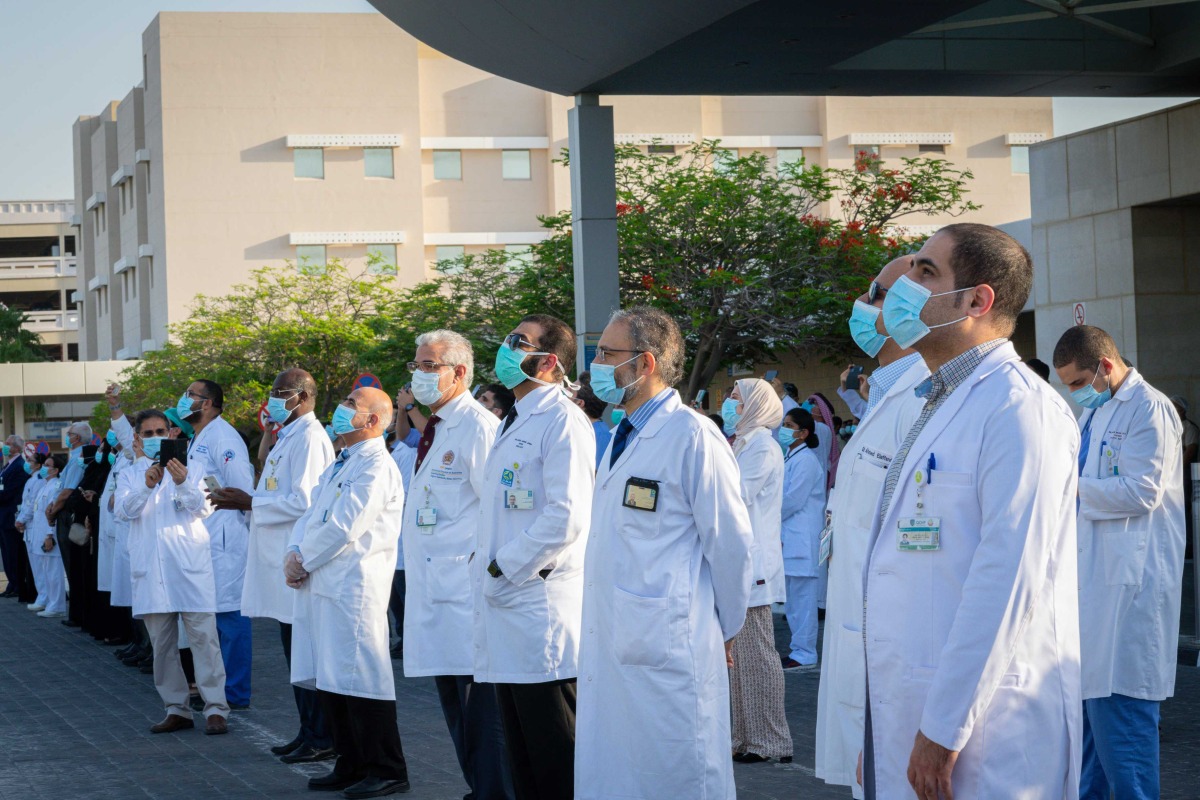
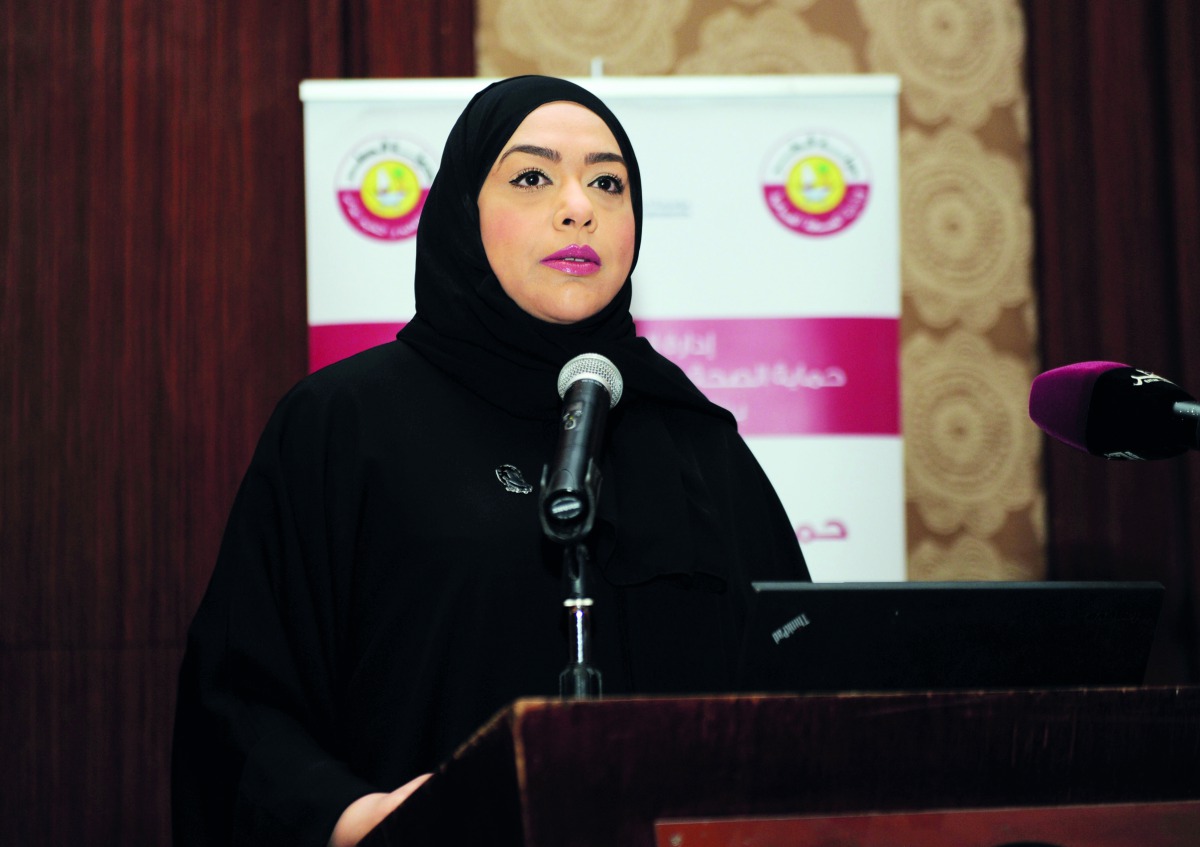


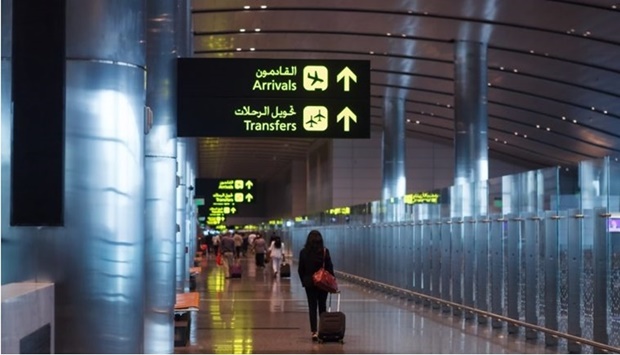
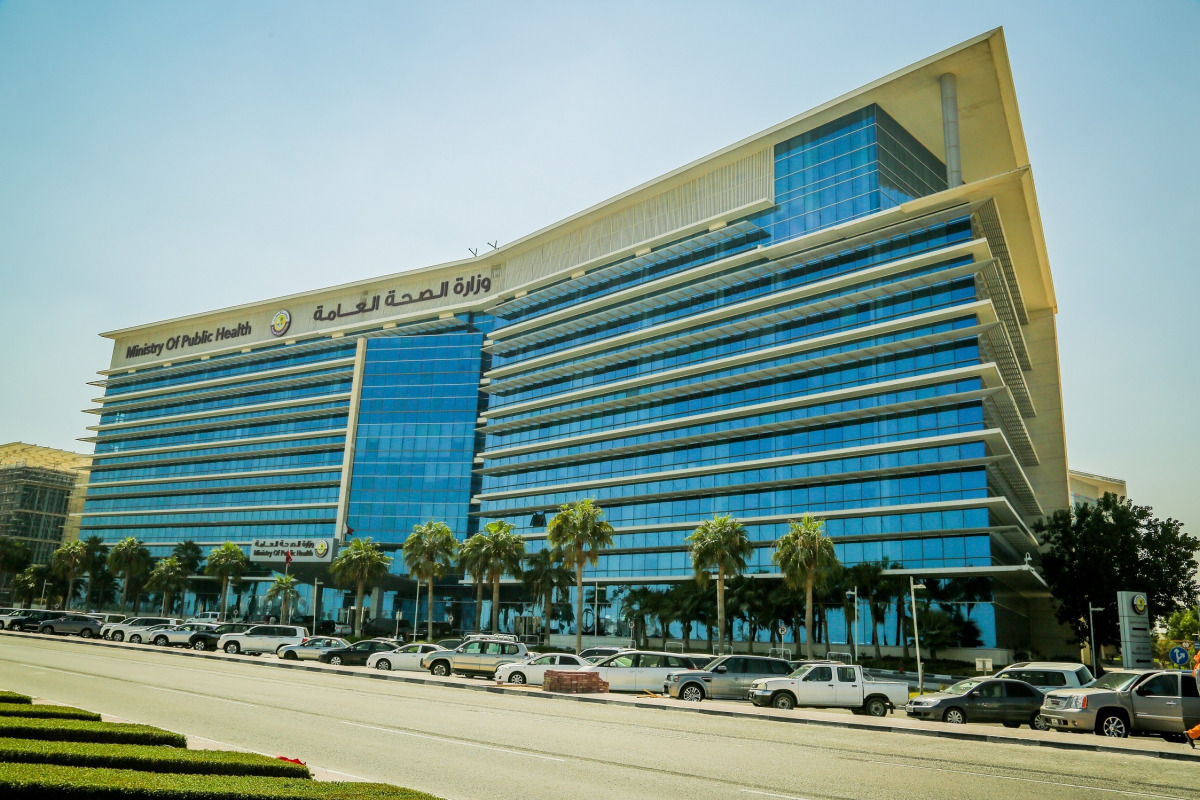
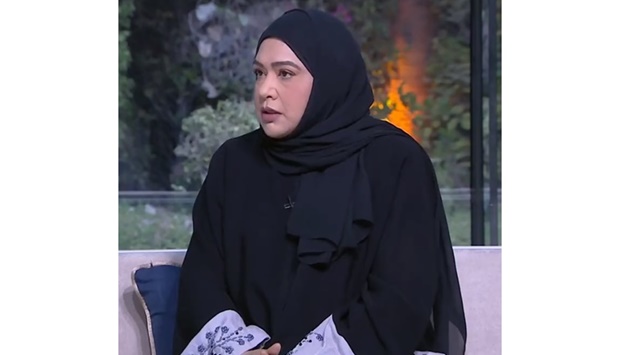

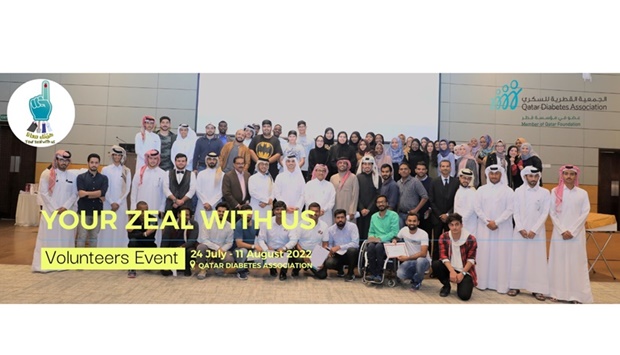





Leave a Reply